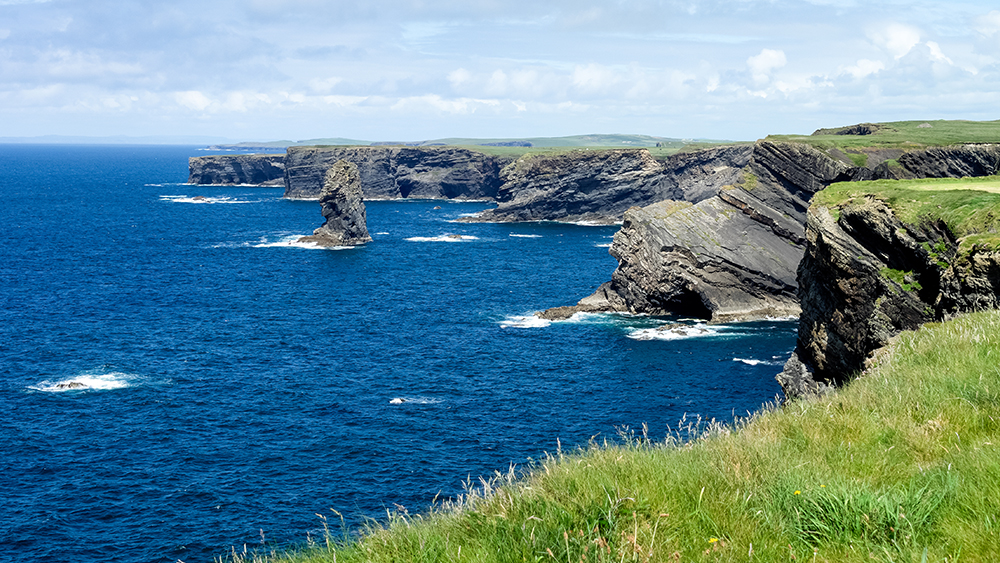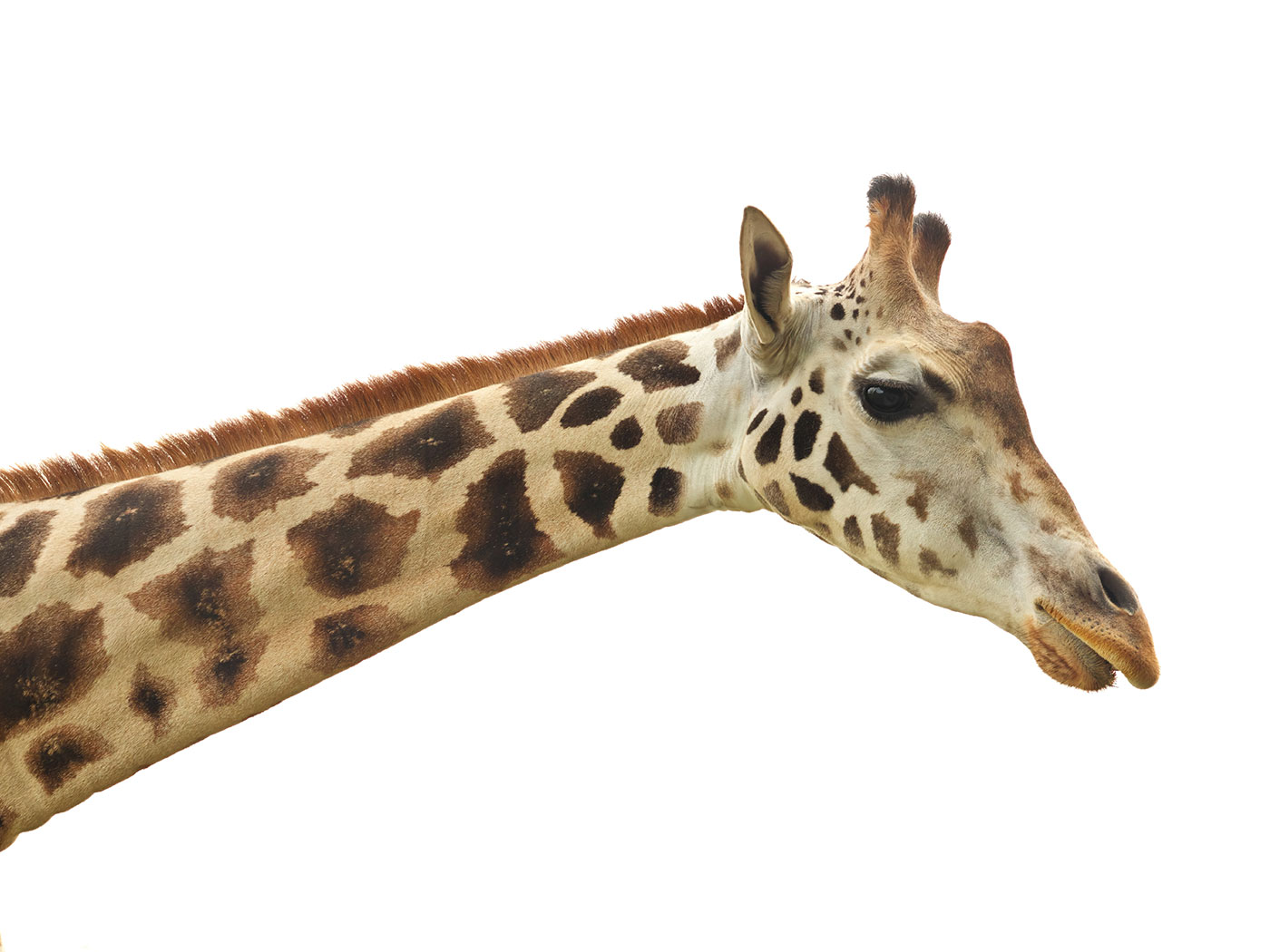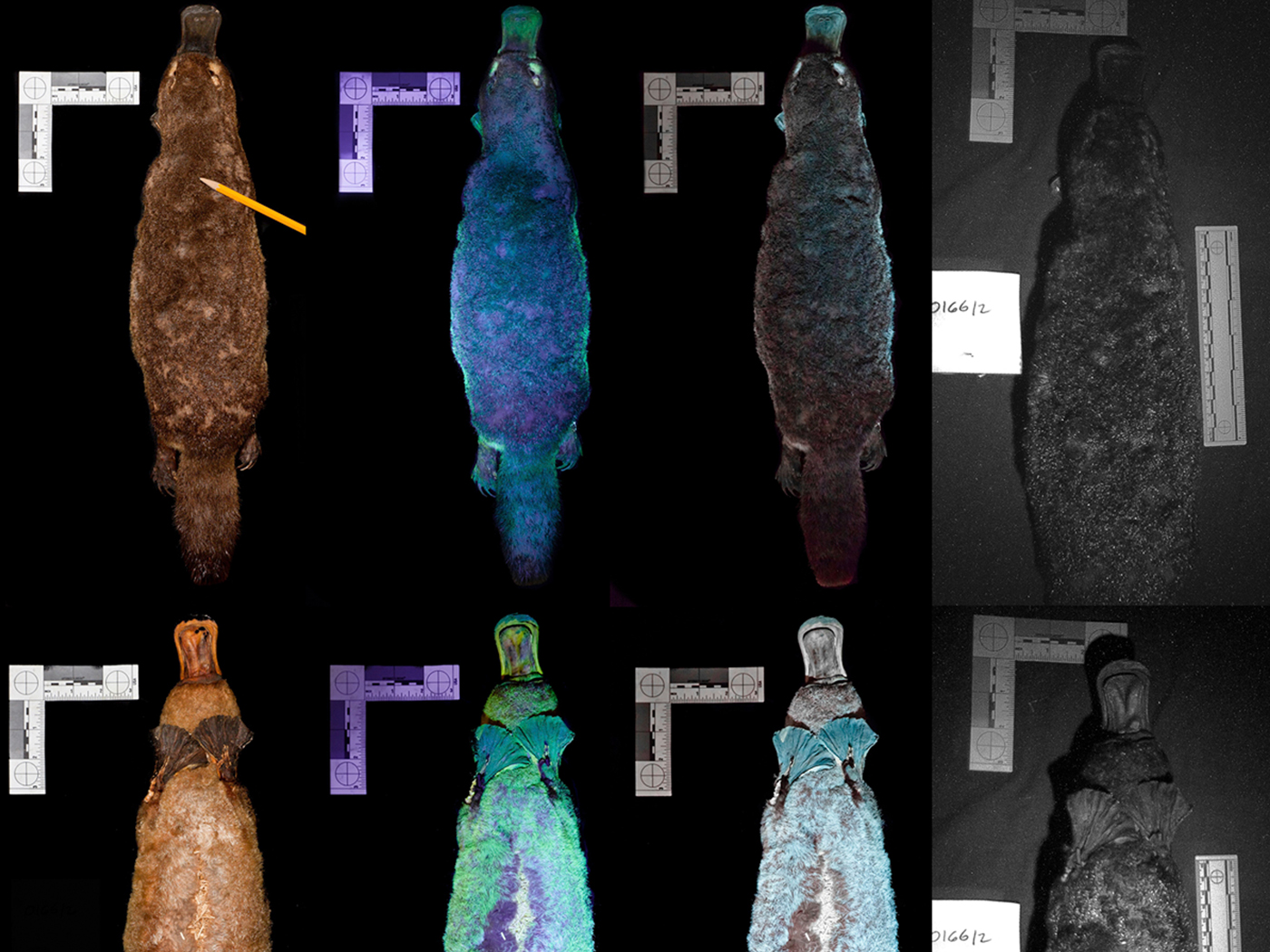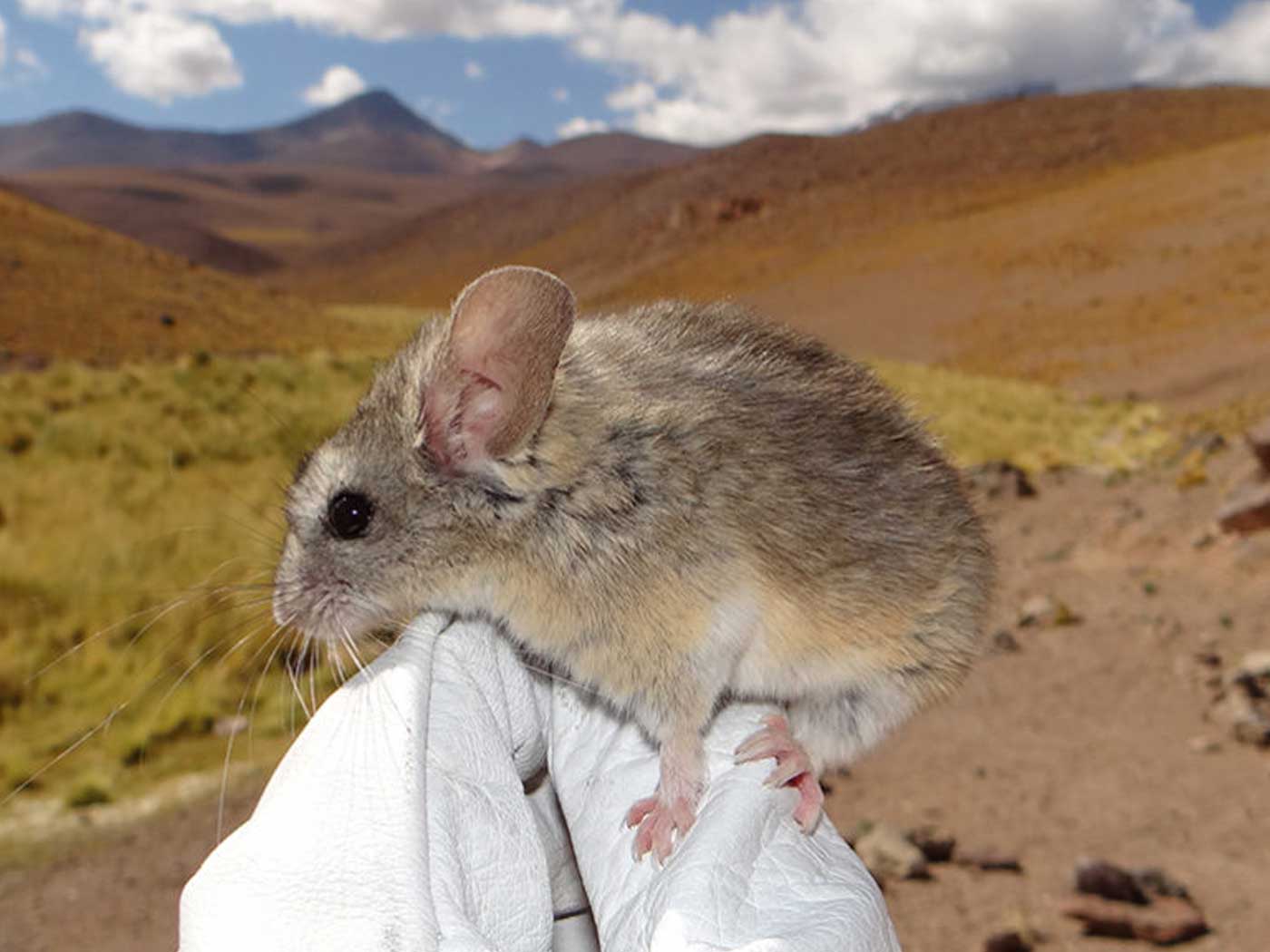We’re all familiar with antibiotic resistance building in the human population.1 Antibiotics are widely prescribed, but many are largely unnecessary. This contributes to the development of “superbugs.”2
Evolutionists list antibiotic resistance as evidence of evolution3, but in reality it has nothing to do with the origin of antibiotic resistance genes4—let alone novel bacterial species. A plasmid is a section of symbiotic DNA found mostly in bacteria. It’s extrachromosomal and may house genes that confer drug resistance. A condition called plasmid-mediated resistance is the transfer of antibiotic resistance genes (transposable elements) to other bacteria. Plasmids which can pick up transposable elements are called R plasmids. Resistance to antibiotics can be traded around among the bacteria via these genetic structures.
Clearly, there can be a change in the frequency of antibiotic resistance genes, but this has nothing to do with the origin of new useful genes allegedly developed by mutation and natural selection. Creationists maintain resistant forms were already present. This was just ordinary variation within kind and recombination. Indeed, antibiotic-resistant bacteria was found in the frozen bodies of explorers over a hundred years before medical antibiotic use.
Creationists believe God created antibiotic resistance in bacteria and the production of antibiotics in fungi. ![]()
Bacteria can have very beneficial results when it comes to battling other microorganisms such as fungus. For example, it has been found that females of the European beewolf cultivate bacteria (Streptomyces) in their antennae to protect larvae from fungal attack. Creationists believe God created antibiotic resistance in bacteria and the production of antibiotics in fungi, perhaps to balance the growth of these organisms in the environment (e.g., in soils).
Biomedical researchers have constantly been on the lookout for species (or strains) of bacteria that are antibiotic producers and can combat other multi-resistance bacteria. Recently a new strain of Streptomyces (a well-known antibiotic producer) has been discovered in the alkaline grassland soils of the Boho Highlands of Northern Ireland.5 Interestingly enough the area is noted in folk medicine for its healing properties. The newly-identified strain is called Streptomyces sp. Myrophorea. It’s important because it’s effective against four of the top six “superbugs” resistant to antibiotics, including the dreaded methicillin-resistant Staphylococcus aureus (MRSA). Researchers are seeing benefits of investigating traditional and folklore medicines. This new Streptomyces strain from the Boho Highlands is an example.
The search continues for new drugs in folk medicine, called ethnopharmacology, that will challenge—or even stop—“superbug” advances.
References
1. Criswell, D. 2004. The “Evolution” of Antibiotic Resistance. Acts & Facts. 33 (12).
2. Thomas, B. 2008. Wipe Once, Then Toss: The Antibiotic Resistance of the Superbug. Creation Science Update. Posted on ICR.org on June 5, 2008, accessed April 13, 2019.
3. Futuyma, D. & M. Kirkpatrick. 2017. Evolution, 4th ed. Sunderland, MA: Sinauer Associates, Inc., 583.
4. Meyer, S. 2013. Darwin’s Doubt. Chapter 11, New York: Harper One.
5. Bacteria found in ancient Irish soil halts growth of superbugs: New hope for tackling antibiotic resistance. ScienceDaily. Posted on Sciencedaily.com December 27, 2018, accessed April 13, 2019.
*Mr. Sherwin is Research Associate at ICR. He received a master’s in zoology from the University of Northern Colorado.
























